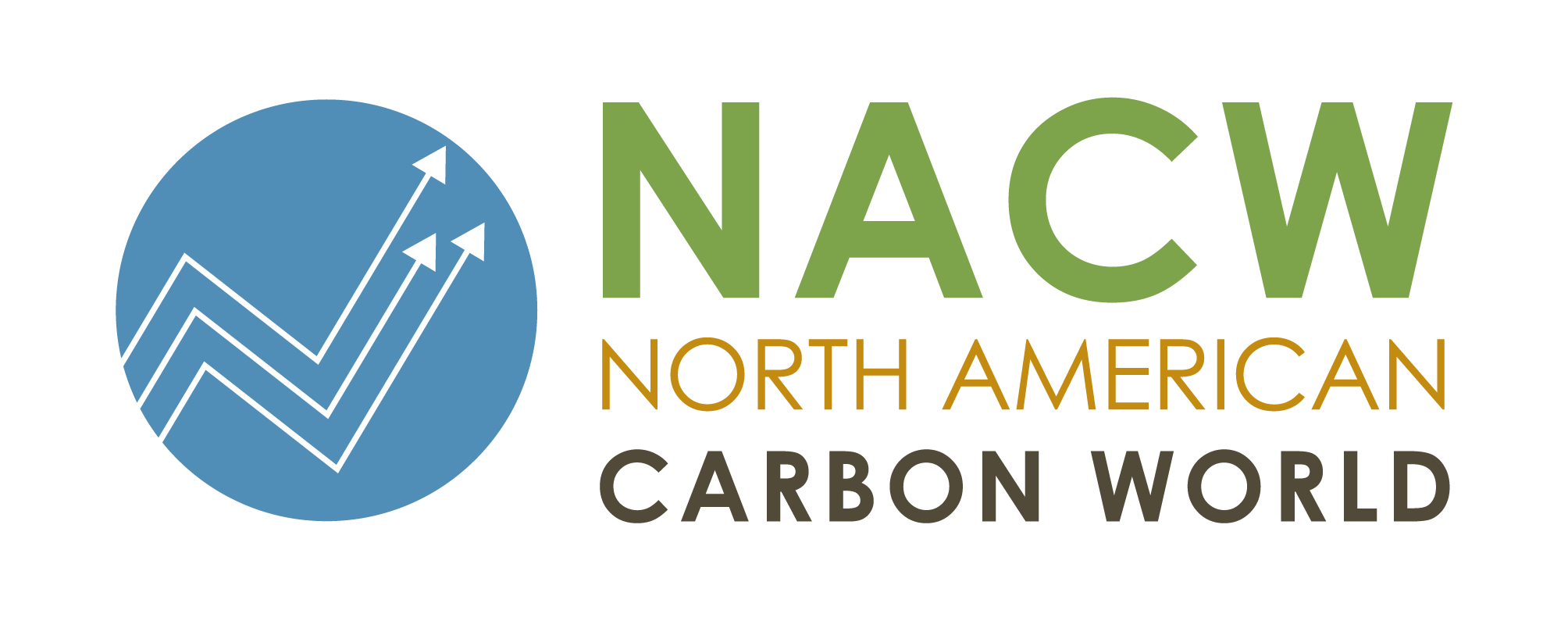Stakeholder Consultation for ODS Project Protocols Revision – RSVP by January 30
Rice Cultivation Project Protocol Version 1.0 was adopted by the Reserve Board on December 14, 2011
Errata and clarifications released for U.S. and Article 5 Ozone Depleting Substances Project Protocols
New offset standard opens doors for rice farmers to participate in carbon markets
The Climate Action Reserve adopts first rice cultivation guidelines for GHG offset projects
SACRAMENTO, CA – The Climate Action Reserve, North America’s largest and fastest growing carbon offset registry, adopted the first version of its Rice Cultivation Project Protocol today in a move that creates opportunities for California rice farmers to participate in carbon markets and to also become involved in California’s groundbreaking cap-and-trade program. State officials have indicated agriculture protocols, such as the Rice Cultivation Project Protocol, are the next standards they may look at adopting into the state’s compliance market. That will open the door for rice farmers to sell their earned carbon offsets to California companies that are required by law to reduce their greenhouse gas (GHG) emissions.
The State of California and the global community have identified cropland agriculture as having the potential to reduce significant amounts of greenhouse gases from being emitted into the atmosphere. We are very pleased to adopt the Rice Cultivation Project Protocol and provide a tool for farmers to get incentives to reduce emissions,” said Linda Adams, Chair of the Climate Action Reserve Board of Directors.
The Rice Cultivation Project Protocol provides a clear standard for how to reduce GHG emissions by changing water and residue management practices in rice farming and how these reductions can be measured and rewarded with offset credits.
The protocol also represents several firsts for the Reserve. It is the organization’s first cropland agriculture protocol and the first to use a bio-geo-chemical model, which emulates soil processes. It is also the Reserve’s first protocol to provide guidelines for individual farmers to aggregate their lands and work together to develop an offset project. This is intended to make the protocol more accessible and flexible for rice farmers.
As with all Reserve protocols, the Rice Cultivation Project Protocol was developed with guidance and input from a diverse group of stakeholders involved in rice farming. Significant contributions were made by the California Rice Commission and the Environmental Defense Fund, who had jointly drafted a previous standard for rice cultivation offset projects.
Agenda and participation details for Board meeting December 14
Draft Rice Cultivation Project Protocol V1.0 to be presented to Reserve Board on December 14
Climate Action Offsetter: CBRE
written by CBRE
 Commercial real estate is responsible for approximately 18 percent of U.S. GHG emissions. As the world’s largest commercial real estate services company, CBRE has as much an opportunity as it does an obligation to seek meaningful ways to reduce the environmental footprint of both our company and our industry. Our corporate carbon neutrality commitment, under which we strive to both reduce our emissions and mitigate those that are unavoidable, is one way we go about meeting our environmental goals and responsibilities.
Commercial real estate is responsible for approximately 18 percent of U.S. GHG emissions. As the world’s largest commercial real estate services company, CBRE has as much an opportunity as it does an obligation to seek meaningful ways to reduce the environmental footprint of both our company and our industry. Our corporate carbon neutrality commitment, under which we strive to both reduce our emissions and mitigate those that are unavoidable, is one way we go about meeting our environmental goals and responsibilities.
In 2010, CBRE became our industry’s first carbon neutral company and the second ever to earn certification of carbon neutrality under the Australian Government’s National Carbon Offset Standard. To earn these distinctions, CBRE implemented rigorous carbon mitigation programs, including green leasing standards and sustainable operation protocols, and retired high quality carbon offset after a process of audits, part of which included diligent selection of carbon offset projects and standards.
The Climate Action Reserve provides some of the highest quality carbon offsets projects in the world. The Reserve is credible and also provides a selection of project types that CBRE was excited to support. The Reserve’s domestic focus also gave us a means to make investments in local projects and economies, and participate in the system that will underpin the meaningful work of AB 32 in setting up California’s cap and trade system.
CBRE purchased and retired offsets from several socially responsible projects in communities we serve, including the Davis Landfill Gas Offset Project, a methane capture and destruction project in Layton, Ohio; Sioux Falls Regional Sanitary Landfill in Minnehaha County, South Dakota; and the Denton Landfill Gas Destruction Project in Denton, Texas. Reducing emissions from landfills is an important objective of our company, and we have innovative policies to reduce and recycle construction waste to further support the greening of landfills. And as a commercial real estate services firm that supports the use of green building materials, we also support forest preservation efforts. We are proud to include the Garcia River Forest, a conservation-based forest management project that increases sequestration and storage of carbon in Mendocino County, California, in our portfolio of offsets to achieve carbon neutrality.




